Producers and directors alike have turned their attention to superhero films, but how often do we see new superheroes on the big screen? Most of us are familiar with the well-known DC and Marvel superheroes, but what about those who influenced and inspired Batman, Superman, Green Lantern, WonderWoman, and others?
While Batman and Superman first appeared in pulp magazines and newspapers in 1938 and 1939, there were already a slew of pioneering and iconic characters roaming the pages.
The Phantom, Zorro, and Flash Gordon are just a few of the many modern superheroes who came before them. Pulp magazines played a significant part in popularising these characters, but they faded from viewers’ memory over time. In the end, the growing unpopularity resulted in a drop in the number of high-quality live-action films.
Marvelous Videos felt it was only right to pay tribute to and commemorate the superheroes who paved the path for the business to become what it is today. In this video, we’ll reintroduce you to ten of the greatest yet underappreciated superheroes from the Golden Age of Comic Books, from 1938 to 1956.
The Phantom
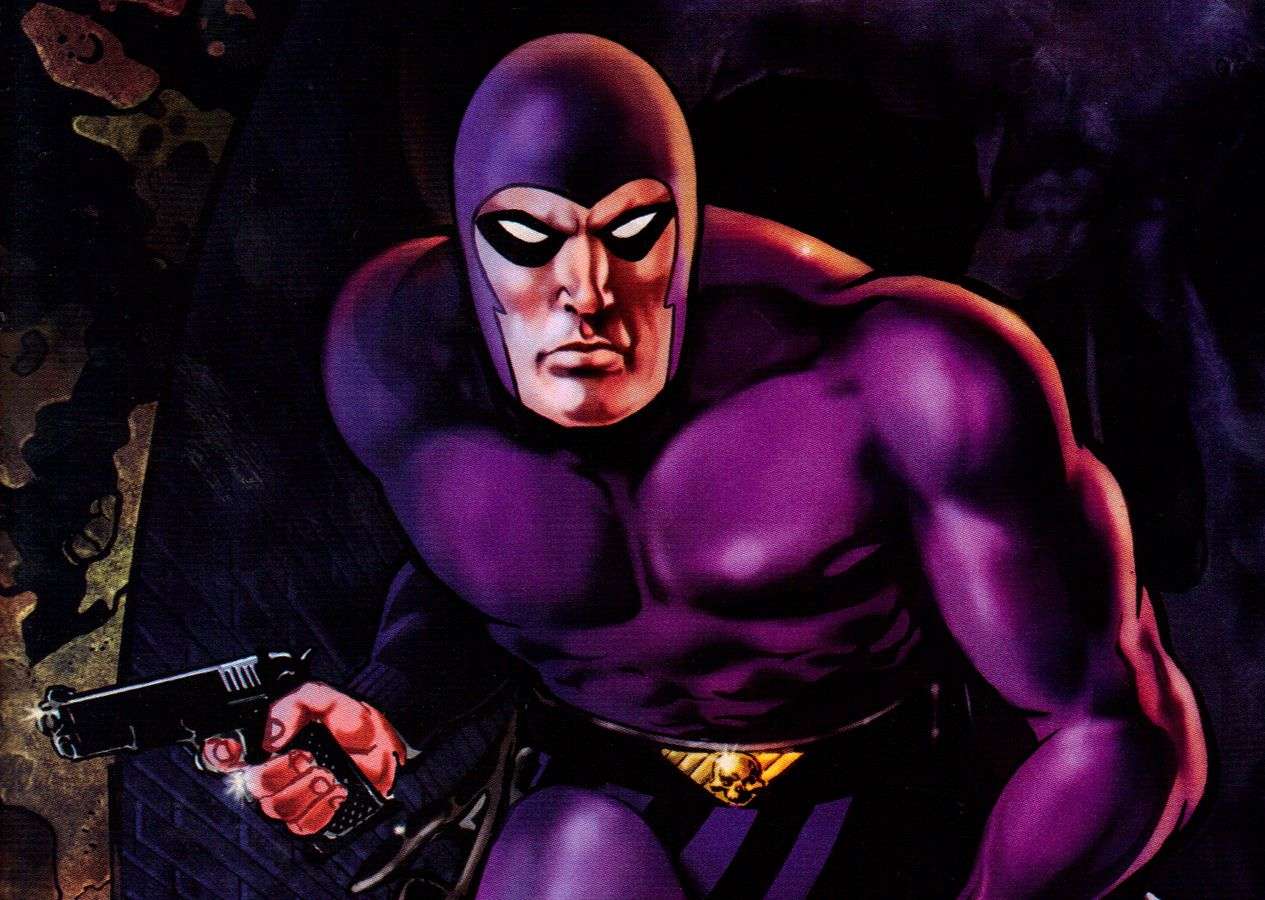
The Phantom isn’t a superhero with superhuman skills; he’s just a regular guy who uses his wits and fists to battle crime and crooks. He excels in numerous forms of martial arts, owns a pair of.45 calibre pistols, speaks fluently in multiple languages, and is in the best possible shape, with enormous strength, speed, and stamina, from the perspective of an ordinary man.
The Phantom wears a purple skin-tight suit, but previous incarnations were primarily in black and white or other hues like blue because printing purple was costly and unviable at the time. According to his legend, a 20-year-old guy called Christopher Walker was on a voyage with his father in 1536. Pirates then attacked the ship, and Christopher was the only survivor.
He washed ashore almost dead and was given refuge by a pygmy tribe. Later, he finds the skull of the pirate leader who had killed his father and swore by this skull that he’d dedicate his life to fighting injustice and crime and that his children and their children shall follow his path.
So, the Phantom is a mantle and not one particular person. There have been 22 Phantoms up until now, and this gives the perception that he’s a man who never dies. However, there have been female Phantoms as well.
Even before Superman graced the world of comics, there existed many superheroes who featured in newspaper comics. One of the first to do so was The Phantom, and he goes by different names like The Man Who Never Dies or The Ghost Who Walks.
Lee Falk created the Phantom, and the inspiration behind him came from various mythological and historical legends like King Arthur, Robin Hood, Tarzan, and Zorro. He was a pioneer in the world of superheroes with features like white eyes behind his mask and wearing underpants above his pants. Although his first appearance came in a daily strip of early 1936, he has been published by all major comic publication houses like DC, Marvel, Image, and Dark Horse.
Billy Zane starred in The Phantom, a live-action adaptation, in 1996. The only saving grace was Zane, as the film’s awful performance can be put on everyone from the director to the writers.
Phantom is a character whose origin, talents, and demeanour appear to have influenced many well-known superheroes, and he deserves a film that does justice to his legend.
The Shadow
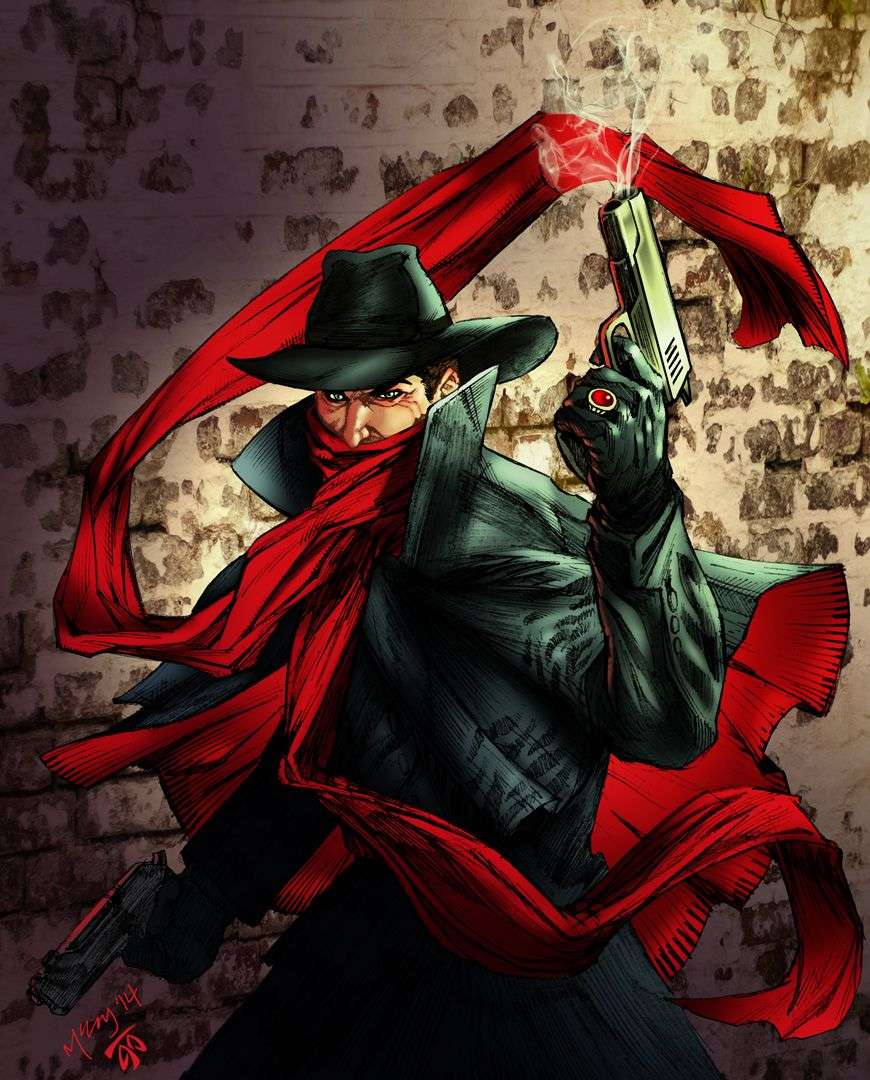
The Shadow is a strange character who, among other things, is a master of disguise. His full name is Kent Allard, and he was a brilliant World War I airforce pilot.
He landed in the jungles of South America by joyful accident, where he discovered a gold city and gained a fortune. He faked his death and fled to New York, where he began to take on the identities of other men. The most famous of these people was Lamont Cranston.
He uses this disguise to fight crime in and around New York and takes help from several sidekicks. Furthermore, he has the hypnotic ability to make himself completely invisible to other people by altering their thoughts and perceptions.
He’s a skilled marksman and martial artist with the most advanced physique and physical strength. Apart from using his mind and body for hunting criminals, he utilizes a pistol and a Thompson .45 Submachinegun.
The first appearance of The Shadow is as mysterious as the character himself. On July 31st, 1930, a discreet narrator of a radio program calledDetective Story Hour introduced himself as The Shadow in a sinister voice.
As the character gained popularity, a publication named Street and Smith hired Walter B. Gibson to create a character that matched the narrator’s name and voice. The Shadow made his first print appearance on April 1st, 1931, in a pulp novel named “The Living Shadow.” By 1937 he was adapted in a feature film called The Shadow Strikes.
In total, there are six films based on this superhero, with the latest one released in 1996 featuring Alec Baldwin. However, none of these films failed to make The Shadow a popular superhero. The film received largely negative reviews from critics and fans alike. However, he was a classic superhero who was popular in the 30s through the 90s.
From 1975 through 1992, DC Comics published The Shadow comics, which were then taken over by Dark Horse, who even introduced a crossover between The Shadow and Doc Savage in 1995.
Without a doubt, this wealthy man who was a master of disguise and stealth was an inspiration to Bob Kane and Bill Finger when they created Batman. In Disney’s Darkwing Duck and Warner Brothers’ V from V for Vendetta, the Shadow has left his mark even more.
Flash Gordon
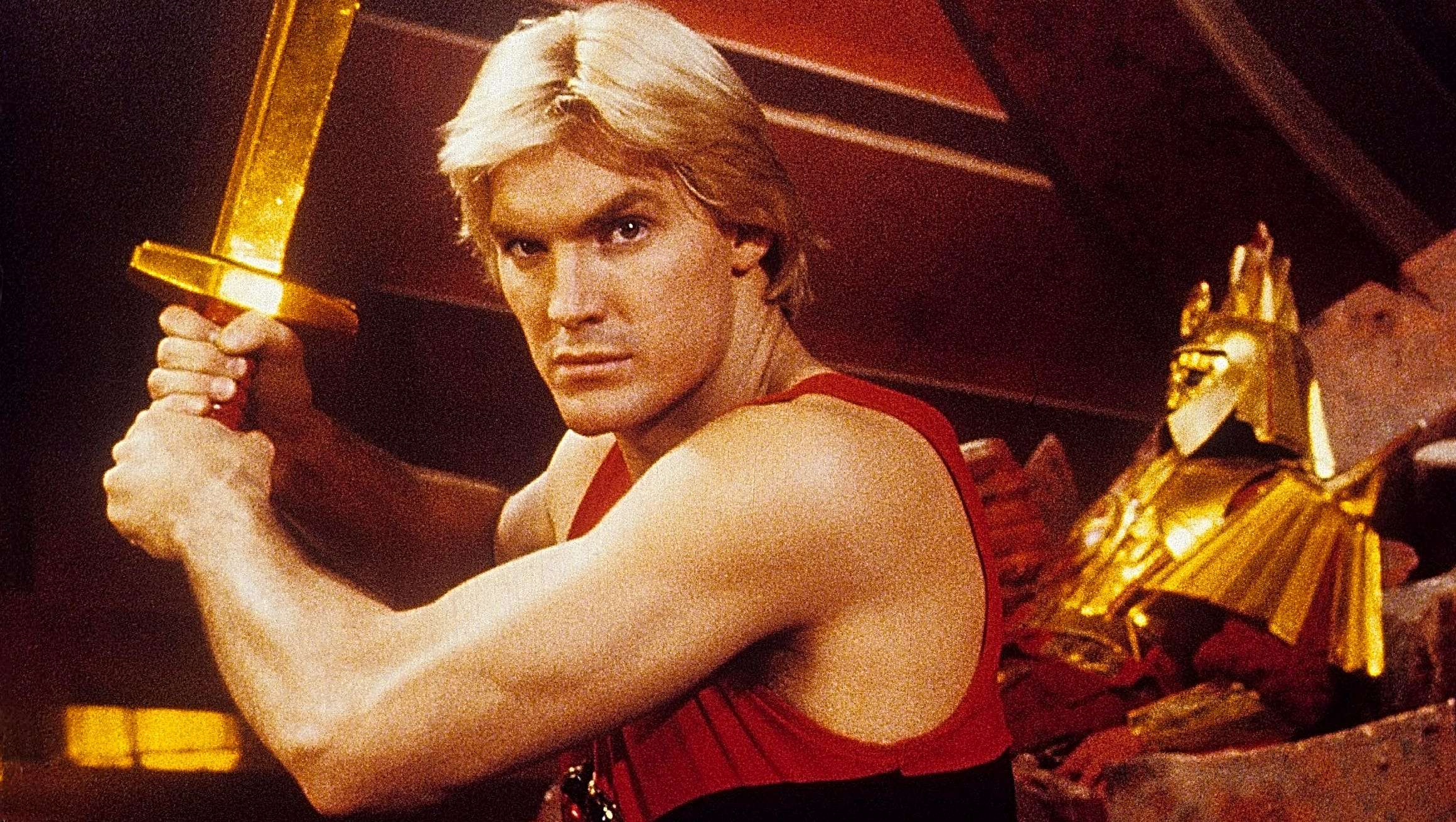
Dr. Hans Zarkov invents a spaceship to travel to Mongo and remove the menace. He orders Flash Gordon and his love interest Dale Arden to board the spacecraft and confront Ming The Merciless, Mongo’s tyrannical dictator. Flash, Dale, and Dr. Hans take part in several adventures with various Mongoose kingdoms.
As for Flash Gordon, he doesn’t possess any superpowers, but he is a man of great valor and dedication who performssuperheroic tasks. As he used to be a professional athlete on Earth, he is very agile and strong with good stamina. He is also an efficient leader who combines his intellect with combat skills like marksmanship and swordsmanship.
Life at Mongo turned him into an expert of unarmed combat and weapons. And though his adventures brought him to Earth in many comic issues, he’s essentially a resistance fighter of space. In the later versions, he also became an astronaut and traveled to planets other than Mongo.
Back in the day, Buck Rogers was doing great commercially, and King Features Syndicate was motivated to have a character on similar lines. They hired Alex Raymond to create the character and Flash Gordon made his first appearance in January 1934 as a comic strip. Raymond’s primary inspiration for Flash Gordon came from Philip Wylie’s 1933 novel When Worlds Collide.
In this novel, an athletic young man travels with his girlfriend and a scientist to another planet. As soon as the comics hit the stands, they became an instant sensation. If we are to use the 21st century vocabulary, then they went viral. Historians and researchers of sci-fi art consider Raymond’s Flash Gordon to be one of the most detailed characters, and the setting of Mongo is the result of profoundly vast imaginations.
He has appeared in practically every kind of media, from publications and comic books to animated and live-action productions. Mike Hodges directed the most famous live-action picture, which was released in 1980. Flash Gordon was once a pop culture hero, but his fame has waned with time, and he is now completely forgotten.
There is, nevertheless, a chance that a new Flash Gordon live-action feature will be released in the next two to three years. Do you recall the scene in Avengers: Infinity War where Iron Man mocks Star Lord by calling him Flash Gordon?
El Zorro
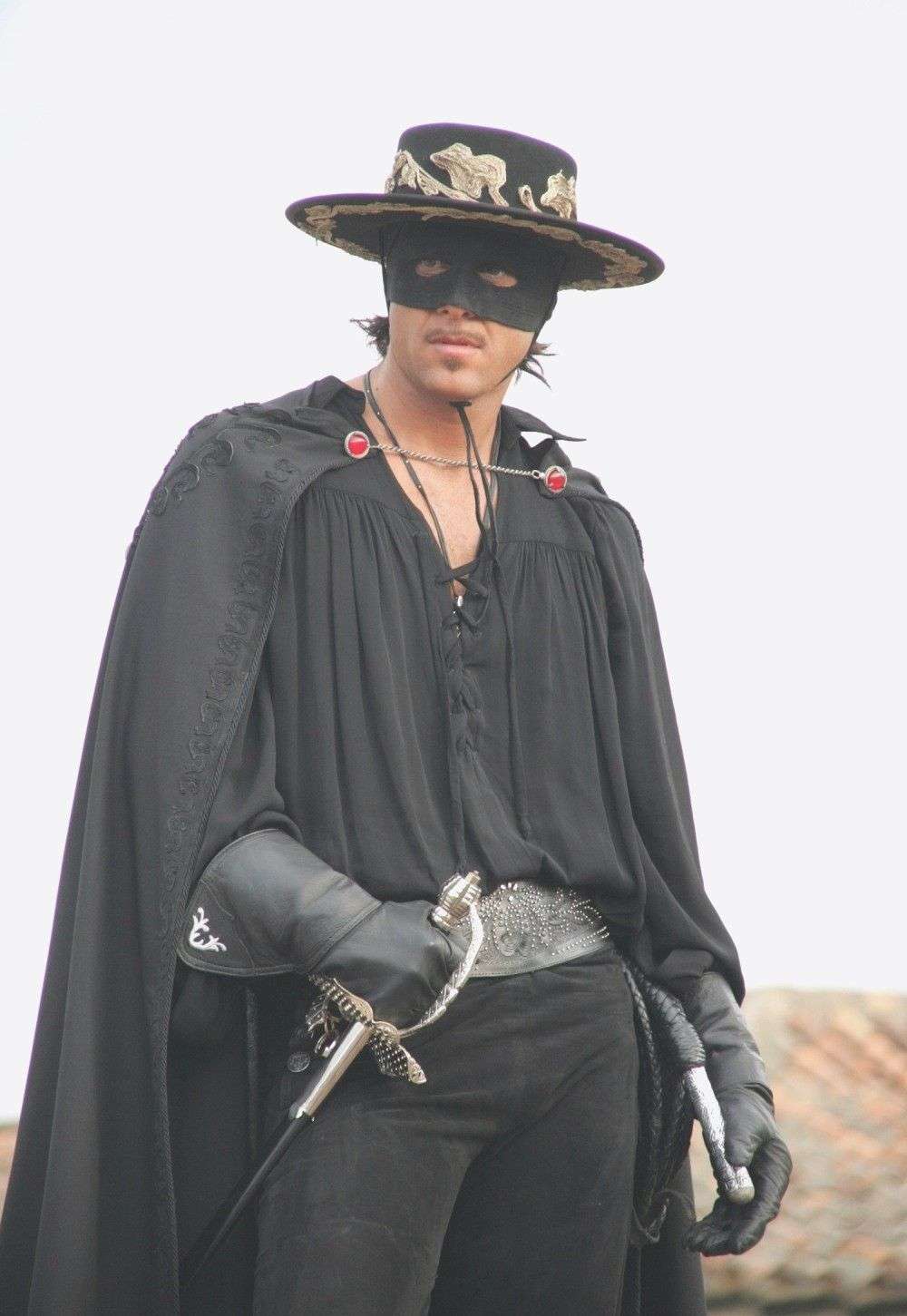
Don Diego de la Vega was studying in Spain when the state came into the hands of an oppressive dictator. He was called back to California when the state fell into the hands of an oppressive dictator.
When he returned, he witnessed the oppressed’s struggle at the hands of unscrupulous and aggressive rulers. He assumed the alter persona of a masked vigilante who fought oppressors and supported the underprivileged in whatever manner he could, moved by the atrocities suffered by the destitute villagers.
In his quest, he remains very cunning and charming, often mocking the officials.He had a bounty on his head, but the bumbling officers could never catch the skilled acrobat. This led the locals to call him El Zorro, which is fox in Spanish.
Since Zorro’s story was based in the 18th Century, he uses weapons like a throwing knife, a bullwhip for grappling, as well as a pistol. His most frequently used weapon, however, remains his rapier, which is a sharply pointed double-edged sword.
This dashing masked vigilante who dons a black cape and hat was created in 1919 by Johnston McCulley in his novel The Curse of Capistrano. The novel was supposed to be a stand-alone work of fiction, but when a 1920 film called The Mark of Zorro gained unexpected and unconventional popularity, Johnston wrote five serialized stories and 57 short stories.
However, most of his stories were not published until the twenty-first century. In 1957, Disney launched the Zorro television series, and he also appeared in a number of Disney comics, including four pieces in their monthly publication Walt Disney’s Comics and Stories. The character remained dormant for quite sometime until 1990, when Marvel Comics published him once again.
Zorro has existed for more than a hundred years now and has had the luxury of featuring in more than 40 films and in ten TV shows. The most famous ones remain the 1998 film The Mask of Zorro and its 2005 sequel The Legend of Zorro.
He’s a pop culture icon, depicted via toylines, video games and even RPGs. Interestingly,Douglas Frey released an erotic parody of Zorro in 1972 called The Erotic Adventures of Zorro. Despite this, many subsequent superheroes with dual identities, such as Batman, Green Lantern, and Superman, owe their origins to this caped and masked vigilante. In recent news, Zorro The Chronicles, a PS4 and PS5 game, has been unveiled.
Mandrake the Magician
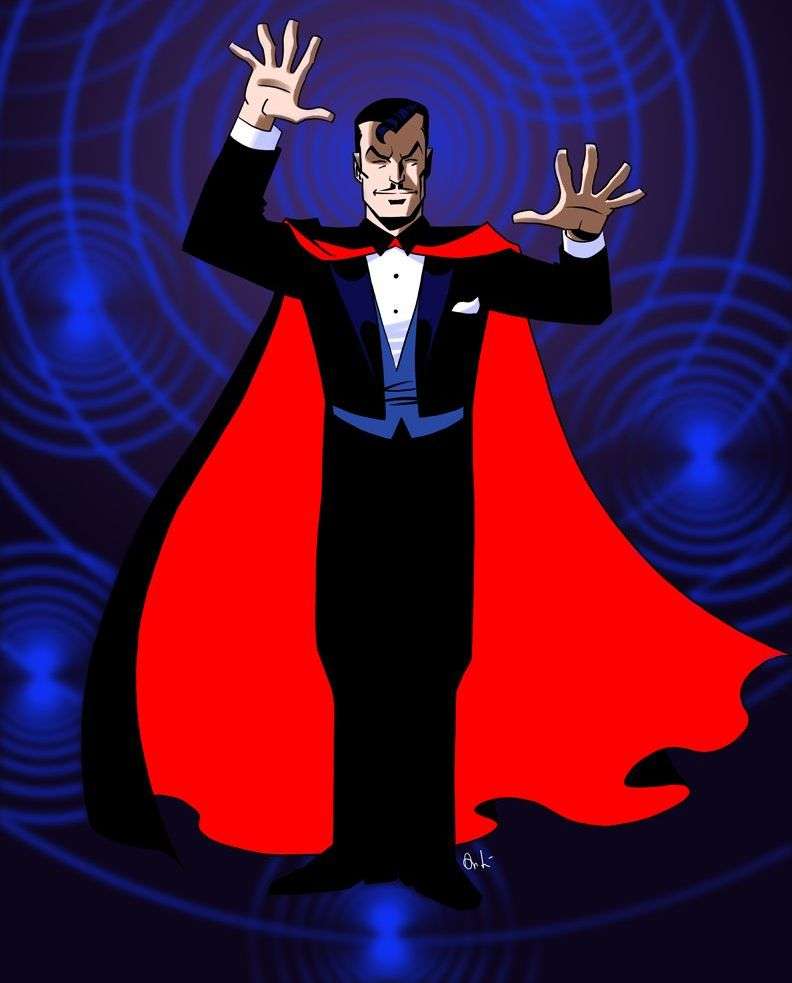
There was a handsome and stylish superhero who fought crime with a moniker that suited his style long before Batman instilled terror in the hearts of criminals or the great Captain America waged fights against the bad guys.
Mandrake the Magician is a tall and slender man with a smooth moustache, a black hat, a scarlet cape, and, of course, a magic wand. Mandragora is a plant that contains a potent hallucinogenic alkaloid. Naturally, Mandrake the Magician’s abilities are based on hypnosis and the deception of his foes. But he also has other abilities like levitation, shapeshifting, teleportation and invisibility.
Here we have our perfect superhero with a hoard of staple superhuman abilities and powers. His love interest was an exotic princess called Narda, but she was not just a damsel; she helped him fight various enemies. They both battled against extraterrestrials, supernatural beings, and criminals, but their archenemy was an evil man in a silver mask called The Cobra.
Mandrake the Magician was created along with The Phantom and made his first appearance in the summer of 1934 as a comic strip. He became an instant sensation among readers and to this day, we have more than 200 publications based on him.
Back in the early 30s, when Mandrake was created, the idea of a comic protagonist was in the reflection of a muscular man who was strong as steel and huge as a hulk. Yet the stylish and slick character ushered in a new era with his wit and well-versed vocabulary.
Another shift from the conventional style of comic storytelling was the villains in Mandrake’s world. They were almost always members of his own family or a darker reflection of himself. Many historians consider him to be the first-ever superhero in the truest sense of the term.
Mandrake was featured in a number of Dell Comics issues as well as a Marvel Comics mini-series written by Mike W. Barr. Warner Brothers stated in 2016 that they were working on a Mandrake the Magician film with Sacha Baron Cohen as the title character.
However, their recent obsession with DCEU appears to be a roadblock. Regardless of when the picture is released, we will all be ecstatic to see this dread-inducing, wand-wielding debonair on the screens.
Doc Savage
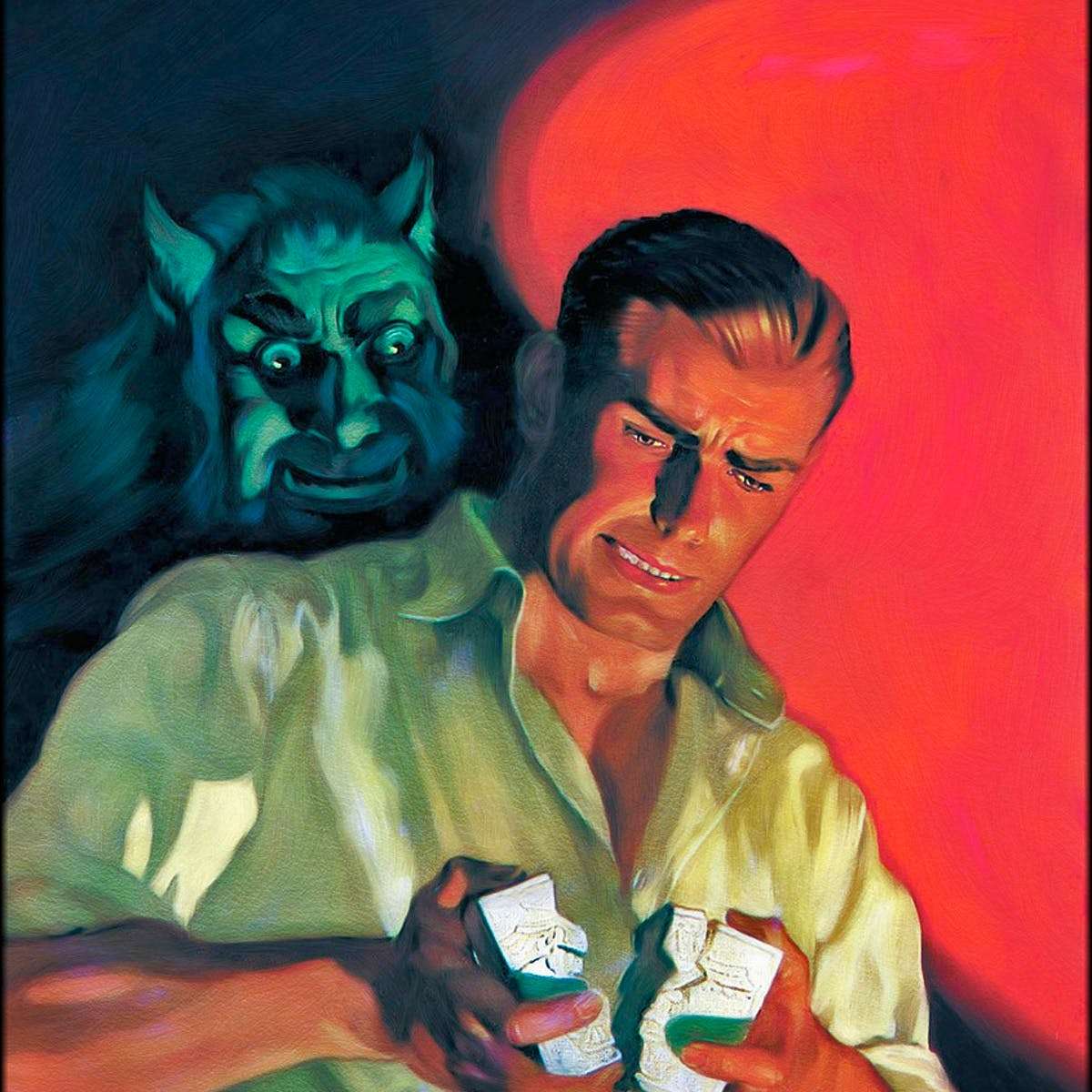
Clark Savage’s father assembled a team of experts to train his son’s mind and body in order to make him the most capable man alive. Doc Savage emerged as a guy with near-superhuman skills. Doc Savage can do it all, from programming a computer to developing a weapon to playing the piano and plotting an invasion.
Imagine a man with Sherlock Holme’s cerebral ability, Tarzan’s strength, Bruce Banner’s scientific understanding, and Captain America’s morality and goodness, and you’ll get a good idea of his abilities.
Well, suppose you have successfully imagined such a man. In that case, he is almost as skillful as Savage, but not entirely because Savage is also a physician, scientist, detective, explorer, and researcher. Furthermore, he has a photographic memory, efficiency in martial arts, and is a master of mimicry and disguise.
Savage is also a rich man whose office is on the 86th floor of a skyscraper and owns fleets of luxurious cars, trucks, aircraft, and ships. If you thought it was over, think again. He has a refuge in the north called the Fortress of Solitude where he goes to meditate. As you may recall, Superman has a similar shelter with the same name.
Doc Savage was created at Street & Smith Publications by publisher Henry W. Ralston and editor John L. Nanovic, but the main contributor was Lester Dent. The legacy of Savage is such that the great Stan Lee considered him to be the forerunner of modern superheroes.
And, why not! This character was filled with abilities, skills, and powers, all of which he used to fight bad guys and bring them to justice. Having been created in what can only be called the Golden Age of superheroes and comics, he was the epitome of all the things any person would want.
The first publication came out in March of 1933 and since then, there have been hundreds of publications based on him. In 1975, director and producer George Pal made Doc Savage: The Man of Bronze with Ron Ely in the titular role. In 1999, Arnold Schwarzenegger was supposed to play the polymath, but the project was shelved when Arnold became the Governor of California.
With the news that Dwayne Johnson will play Doc Savage in a television show that was originally intended to be a live-action film, hopes are still high. The show, as well as Dwyane’s persona, would be dubbed “The World’s First Superhero.”
Buck Rogers
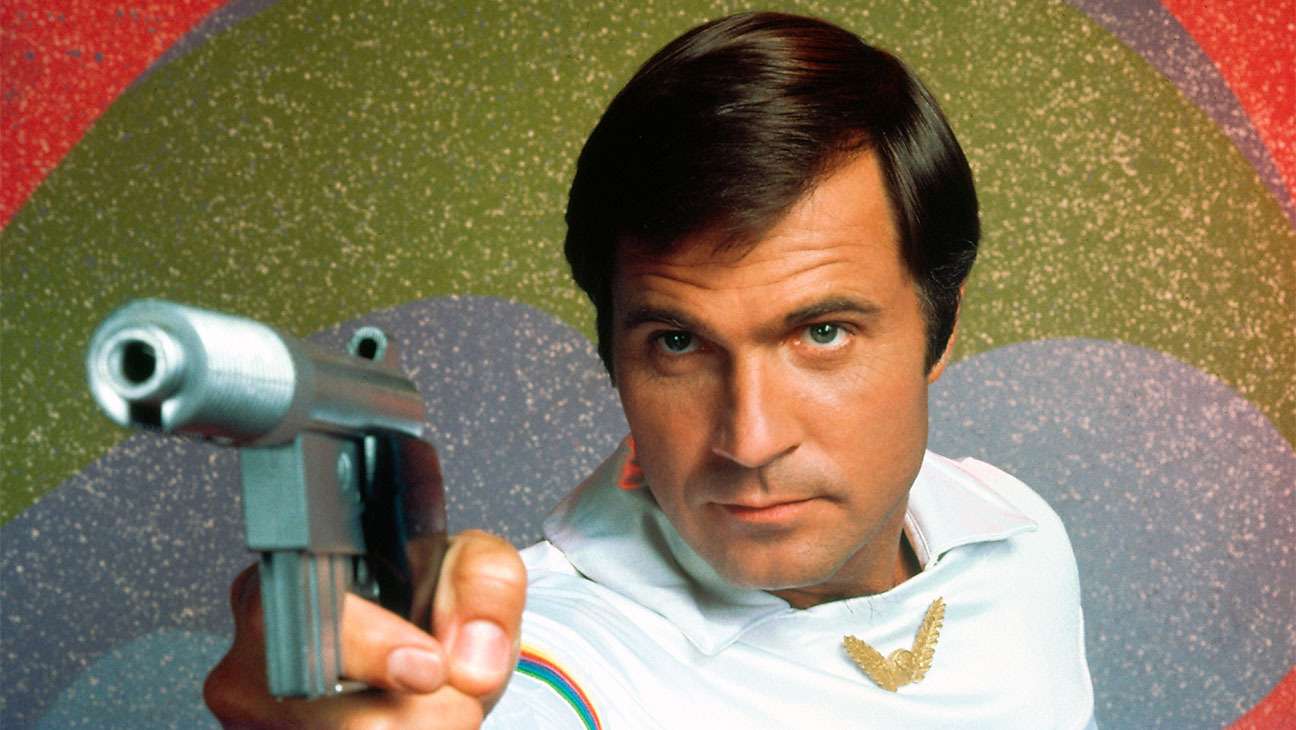
Buck Rogers was born in the late 1800s and grew up to fight in the First World War. He did, however, join the American Radioactive Gas Corporation after the war ended. In 1927, he was dispatched on an investigation to Pennsylvania, where a mine had been engulfed in a foul gas.
When they arrived at the mine, it regrettably caved in, but Rogers survived. Instead, the gas put him into a coma, but his physical and mental condition remained unaffected, and his body did not decay or require food or water. Rogers awoke in 2419 AD, about 500 years later, in the midst of another world war in America. Roger’s travels in this odd new period are detailed below.
Philip Francis Nowlan created buck Rogers, and the character was first featured in 1928 in a pulp magazine called Amazing Stories. Buck Rogers’s adventures became so popular and economically viable that other publication houses wanted to own the rights of Rogers or at least have their own characters on the same lines. One of the direct consequences of this race was Flash Gordon.
Naturally, Rogers made his way into comic strips, movies, radio, and television and became a part of America’s pop culture. The revolution of space exploration that pioneering writers likeJules Verne and H. G.
Wells started was brought into the larger public domain by Buck Rogers and the subsequent characters. Although he was adapted in a television series back in 1950, Roger never got a cinematization that he deserved. In 1979, NBC released another television series named Buck Rogers in the 25th Century, and its pilot was in the form of a film.
But don’t worry, we’re here to bring you some wonderful news. In all likelihood, a revival of the 1979 television series starring George Clooney will explore the space and adventures of Rogers. In addition, Legendary Entertainment is nearing completion on a live-action film adaptation of Rogers’ novel.
John Carter of Mars
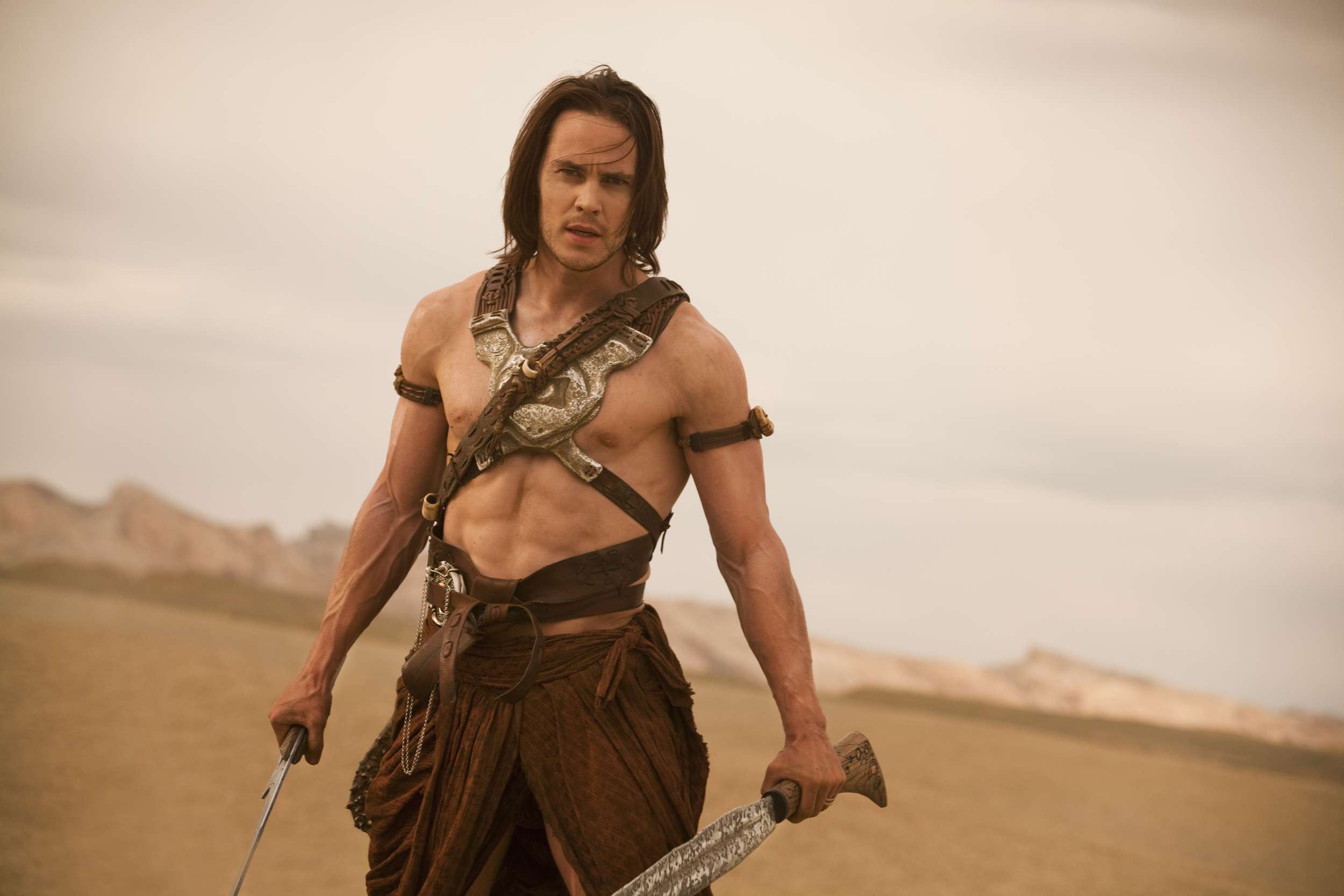
During the Civil War, John Carter fought for the Confederacy of the United States of America. He took refuge in a cave to avoid the Apaches and appeared to die, but his astral self was transferred to Mars while his physical body remained on Earth.
He was living in another body on Mars, though, and appeared to be stronger and more nimble because he was used to Earth’s higher gravitational pull. He saves a princess named DejahThoris of Helium of Helium. He indulges in several Martian adventures and fights the aliens and humanoids of all kinds until he sacrifices himself to save Mars from a catastrophic event, but he’s magically transported back to the cave where he had first died. Later, John Carter masters the art of astral travel between Earth and Mars.
John Carter first appeared around 110 years ago in Edgar Rice Burroughs’s 1912 fantasy novel A Princess of Mars. This 6 feet, 2 inches nearly immortal man later appeared in 1952 in three issues of Dell Comics under the name John Carter of Mars. A 1996 four-issue Dark Horse Comics named Tarzan/John Carter: Warlords of Mars merged the two characters and the miniseries was widely praised.
John Carter, like the other superheroes on this list, did not have the benefit of being well-represented in live-action movies or even television episodes. Despite being a well-known pop culture hero in North America and having a narrative and setting that might be developed into a franchise, Edgar Burrough’s work has long been underappreciated.
Kull of Atlantis
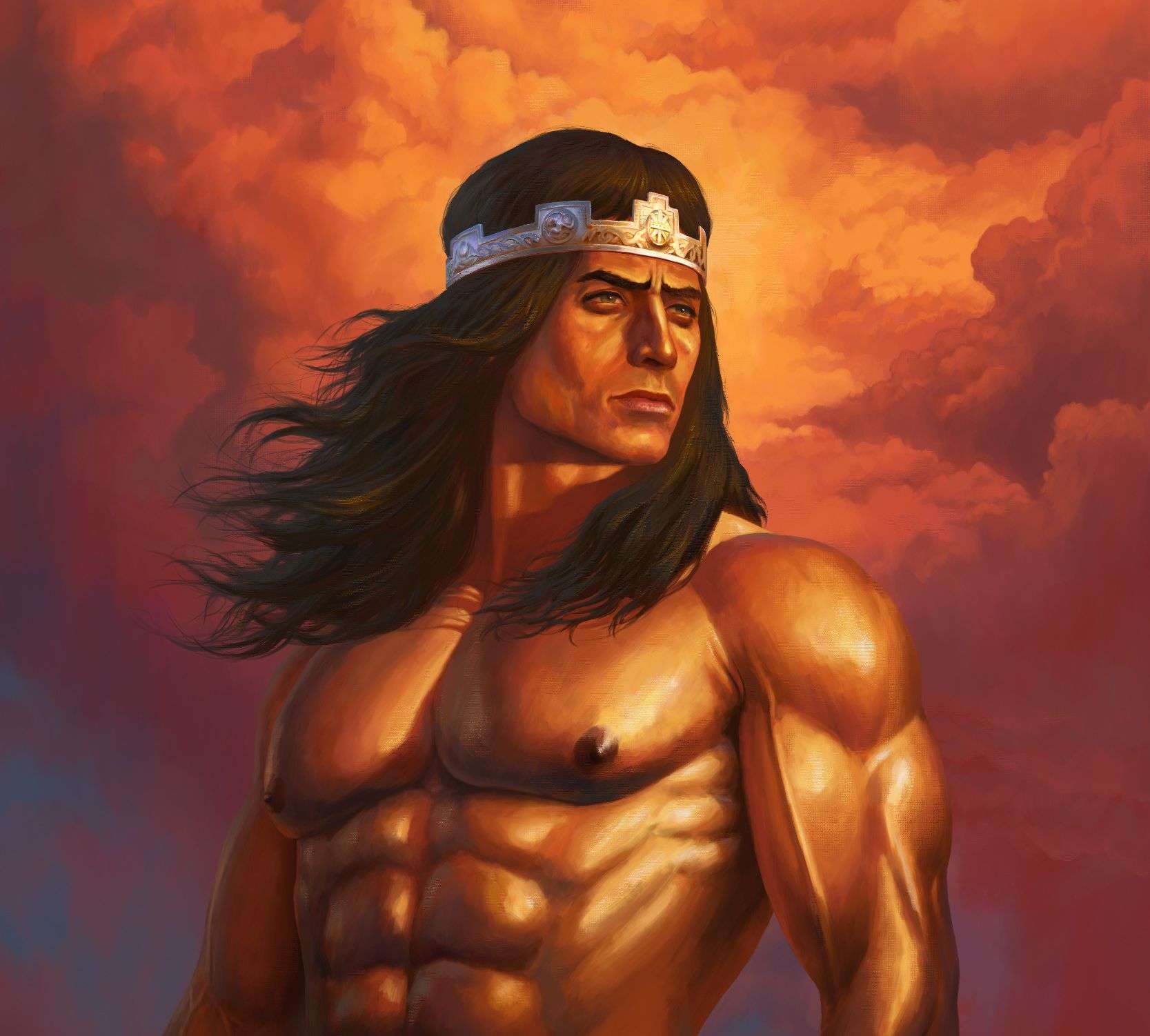
He was born in Atlantis before it was sunk in the sea in 100,000 BC. It was ruled by barbarians at the time, and Kull grew up among them to become a good soldier. He went around as a feral child after his family and tribe were wiped out by a flood, only to be enslaved by other groups.
He eventually obtained his freedom and moved to Thuria, where he became a mercenary in the Valusians’ army. However, he launched a mutiny against Valusia’s monarch, Borna, and ascended to the throne. Kull’s exploits demonstrate that he is a guy of extraordinary power, endurance, and strength.
He’s a big muscular figure who excels in various art forms and is a great tactician in war. Kull fights humans from other parts of his ancient world, as well as supernatural entities and creatures from the unknown. He’s a slave, pirate, outlaw, gladiator, and also a King who knows that gaining kingship is easier than securing it.
Robert E. Howard created Kull and he first appeared in The Shadow Kingdom of the pulp magazine Weird Tales. Despite having been created before Conan the Conquerer, Kull did not garner as much cinematic approval or appreciation as Conan did.
Interestingly, the first Conan story was actually a rewrite of a rejected Kull story. On the one hand, Kull’s persona was more introspective and thoughtfully developed than Conan’s, who was more likely to perform immoral acts such as robbery and visiting brothels.
Kull appears in exclusive Marvel Comics novels between 1971 and 1985, as well as in Conan comics such as The Savage Sword of Conan. Dark Horse, on the other hand, acquired the publishing rights to Kull in 2006.
Kevin Sorbo played Kull the Conquerer in the 1997 film Kull the Conqueror, which was the sole major dramatisation of this famous warrior monarch. Kull was a famous figure during the second quarter of the 20th Century but his fellowship gradually disappeared, and so did the will of producers and directors to depict him in a film. However, we think Kull deserves as much acknowledgment as Conan, if not more.
Sheena: Queen of the Jungle
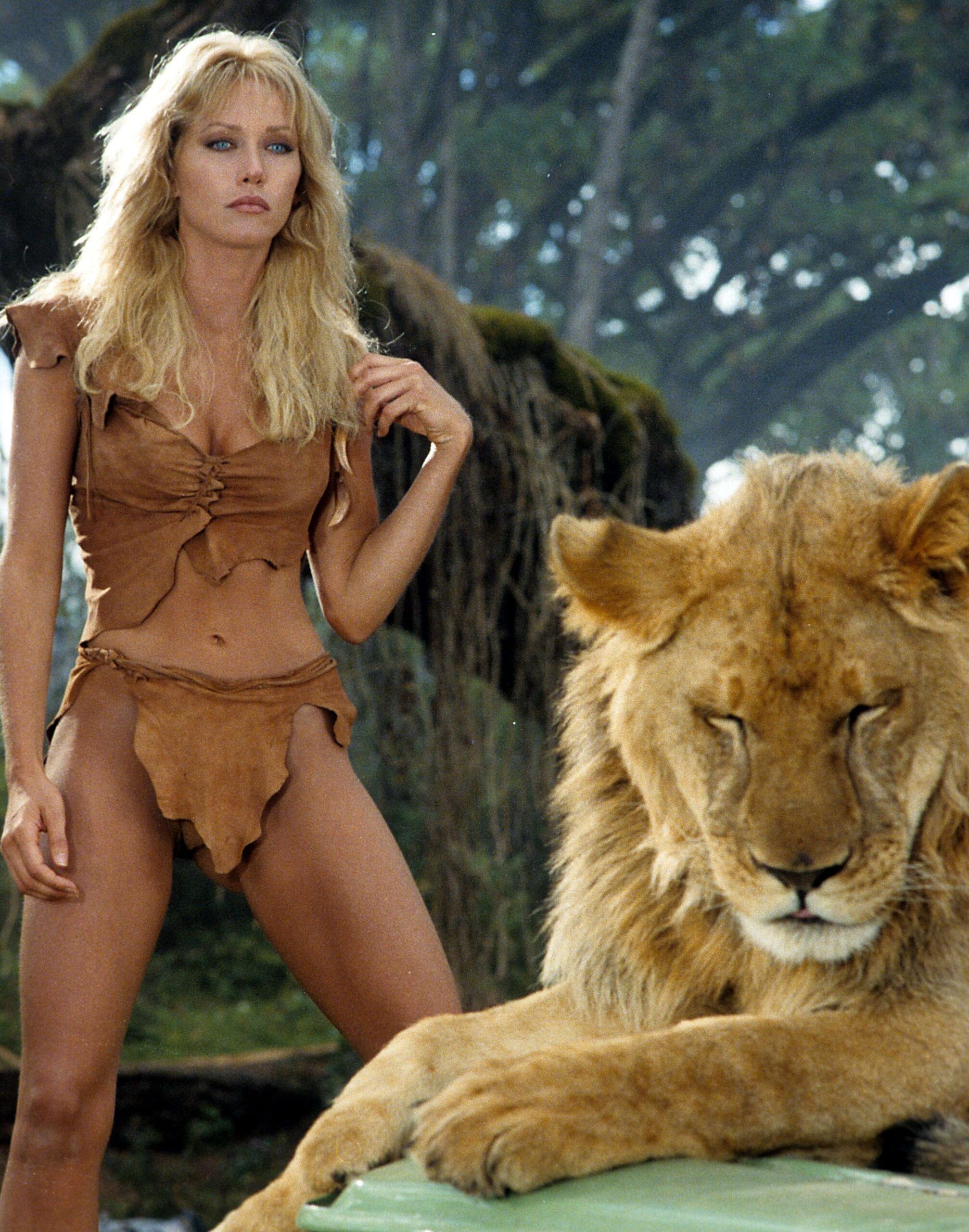
Cardwell Rivington and his little blonde daughter Sheena were wandering through the African forests. They got into contact with Koba, a witch doctor. Mr. Rivington dies after inadvertently drinking a potion prepared by Koba, leaving Sheena an orphan.
Sheena is raised by Koba as his own daughter, and he teaches her the jungle’s tricks and trades. She quickly learns to communicate with a variety of animals as well as the principal African languages of the time.
She fights slave traders, colonists, and hostile nativesand animals; some of her enemies are humanoid lions and apes, while others are as small as a colony of killer ants. Sheena excels in using various weapons and is trained in the native African martial arts. The adventures of Sheena blend the worlds of National Geographic or Discovery Channel with the world of superheroes, and we only wish we could have more of her.
Sheena– Queen of the Jungle was created by Fiction House and first appeared in 1938. She has the luxury of being the first female comic book character with her own title as she precedes Wonder Woman #1 by three years which was published in 1941.
Originally she was portrayed wearing a bright orangish-red dress but later, she was given a skimpy and scanty leopard printed outfit. This ravishing and attractive forest superheroine was played by Tanya Roberts in the 1984 Columbia Pictures film named Sheena and by model Irish McCalla in a 26 episode show named Sheena: Queen of the Jungle. After the 1984 film, Marvel Comics published her in a special issue titled Marvel Comics Super Special #34.
Despite the fact that this character has been depicted in a few shows and films, no one has ever fully explored the range of possibilities available to him. She is a terrifyingly prospective superhero because she combines the fascinating realm of nature with elements of femme fatale. After all, Black Panther is a commercial success; why should Sheena be any different?
